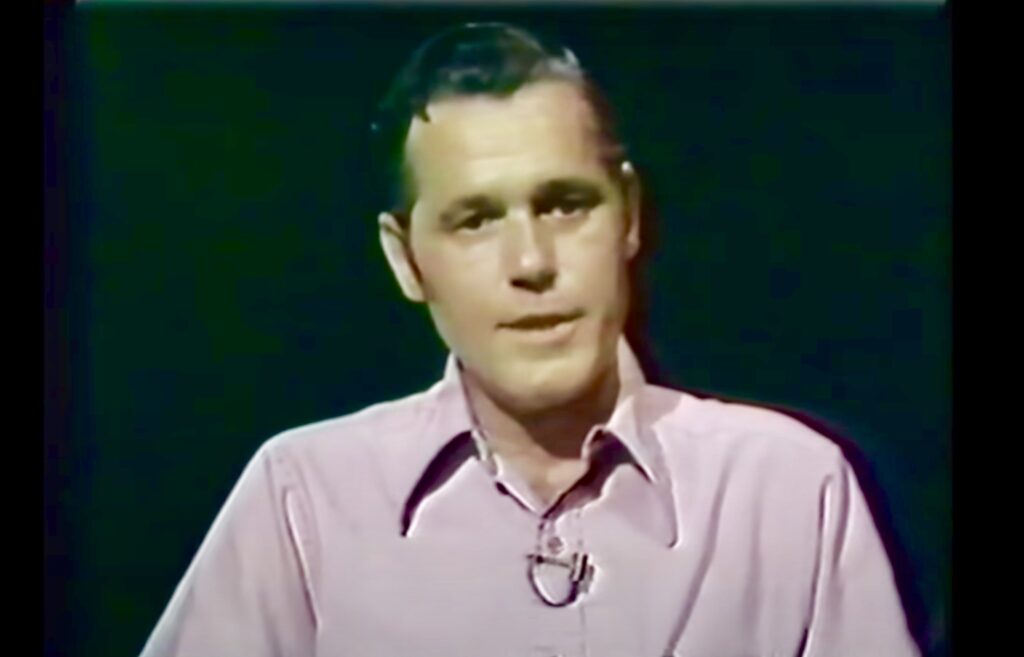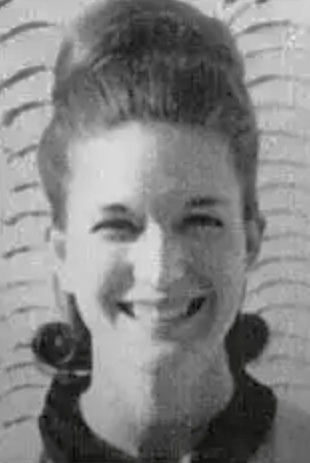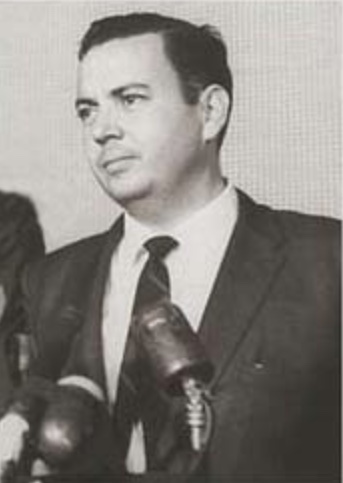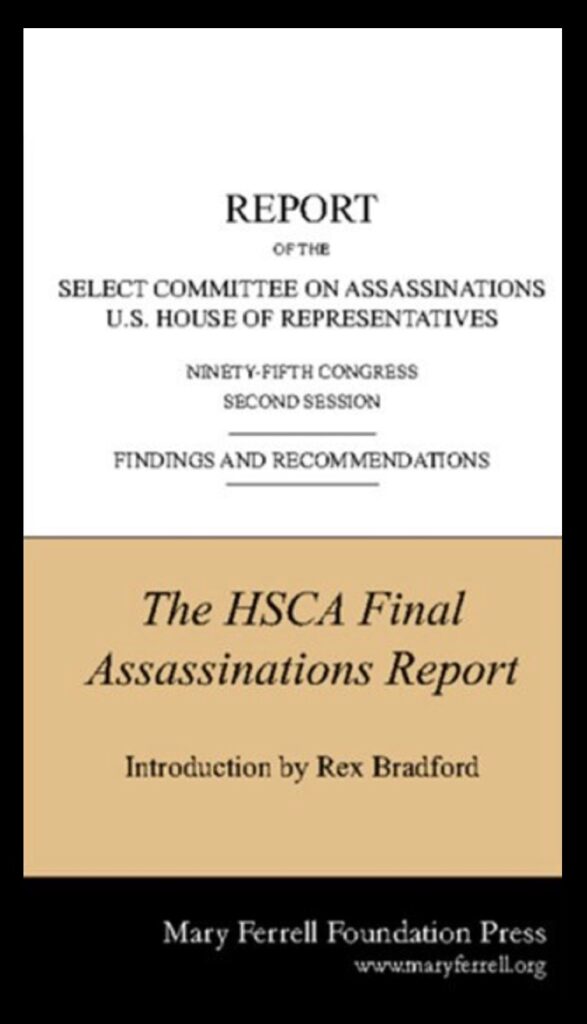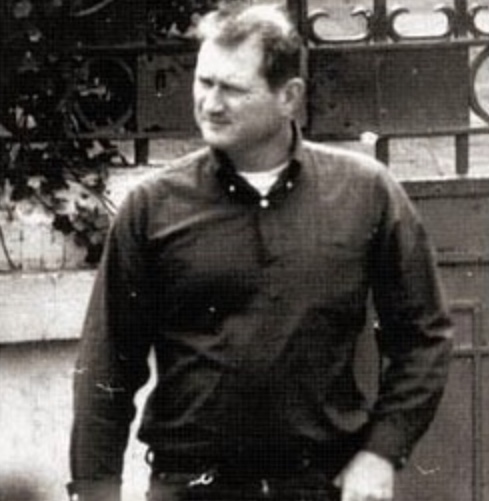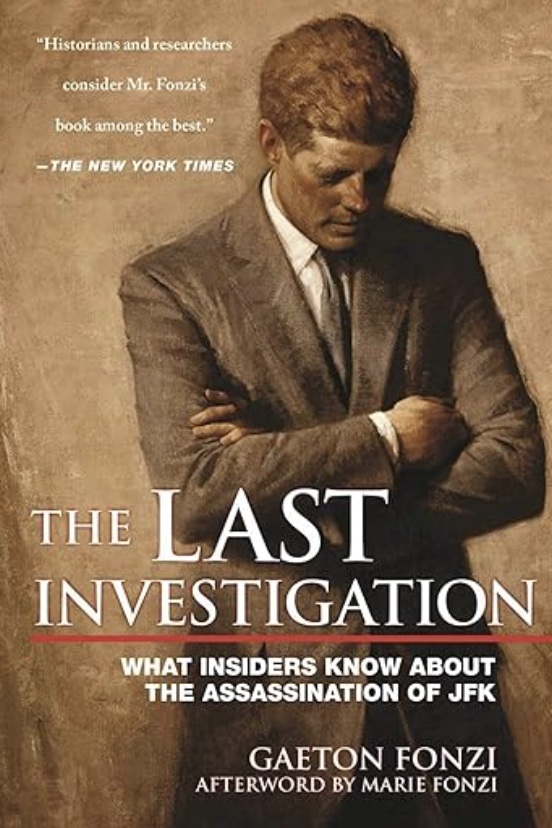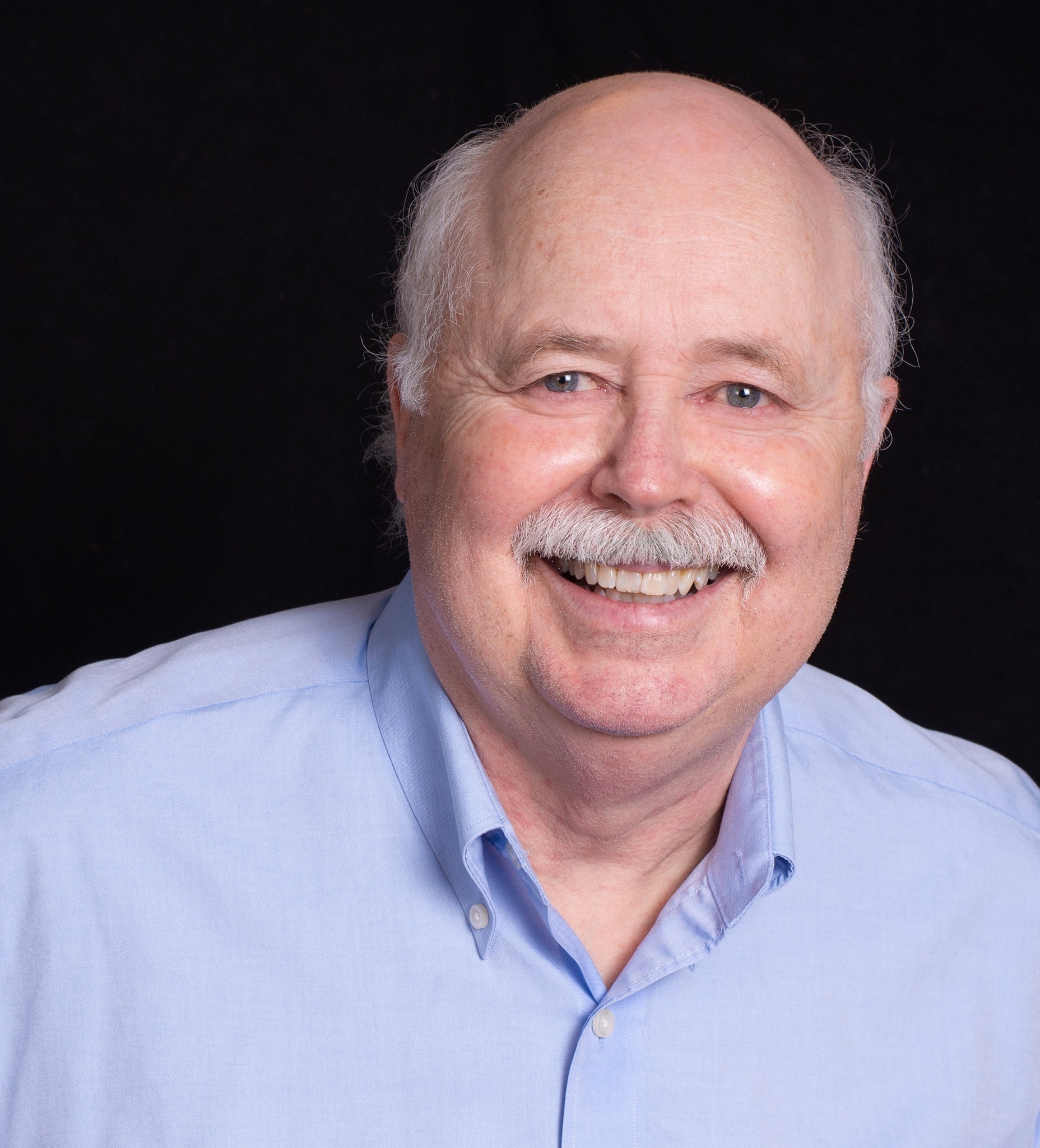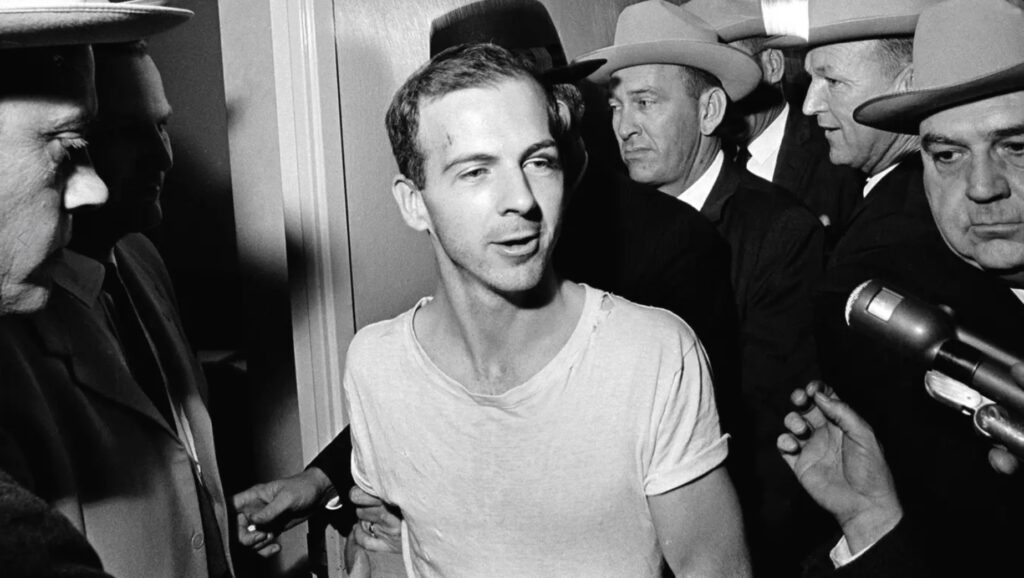
Introduction
Presented here is the fifth installment of the JFK Evidence Series, “Double Oswalds and the Story of Silvia Odio.” Earlier, in the second installment of this series, I shared the story of one of the principle witnesses to the assassination of President Kennedy, Dallas County Deputy Sherriff, Roger Craig. Craig’s testimony of what he witnessed that day, given to both the Dallas police and the Warren Commission, casts serious doubt on the official Warren Commission finding that Lee Harvey Oswald, acting alone, had killed the president. To understand Craig’s whole story, you should read the linked article, part of which describes his observing, roughly ten minutes after the assassination, a man running down the slope of the grassy knoll towards Elm Street, where a light green Rambler station wagon driven by another man was slowly moving toward the triple underpass. According to Craig, the running man hopped into the Rambler which then continued on down Elm street, through the triple underpass and out of Dealey Plaza. Later that afternoon, on hearing of the murder of Dallas police officer JD Tippit and the apprehension of a suspect, Craig, suspecting a possible connection between the man he saw running down the grassy knoll and Tippit’s murder, called Captain Will Fritz of the Dallas Police and gave him a description of the man he saw. Fritz responded that the description sounded like the man they had in custody, and asked Craig to come down to City Hall and take a look at him. Craig did so, and on seeing the suspect immediately confirmed him as the man he saw running down the grassy front slope of the knoll. The man identified by Craig was, of course, Lee Harvey Oswald.
Roger Craig’s statement that he saw Oswald running down the grassy knoll ten minutes after the assassination presented a potential significant problem for the Warren Commission in its “investigation.” Unwilling to consider the possibility of a conspiracy in JFK’s murder, which would be confirmed if Oswald escaped Dealey Plaza with the help of the driver of the Rambler station wagon; they also had in hand testimony from two other witnesses. A woman named Mary Bledsoe (Oswald’s former landlady) stated she was riding a city bus a few minutes after the assassination and saw Oswald get on the bus and then exit a short while later. The other witness, a man named William Whaley, testified that he picked Oswald up in his cab at the Greyhound Bus station a few blocks from the Book Depository and gave him a ride to his rooming house in the Oak Cliff section of Dallas, a couple miles away. Of course, if Bledsoe and Whaley were correct, it could not have been Oswald that Roger Craig saw leave Dealey Plaza in the Rambler station wagon. Likewise, if Craig did see Oswald descend the knoll, then who was it that Bledsoe and Whaley saw? The Warren Commission “solved” this dilemma by assuming that Craig was mistaken in stating he saw Oswald, and in doing so, whether by design or just investigative laziness, made a huge error. What they should have done is confronted the fact that reliable witnesses were stating that the same man was being seen at the same time in disparate locations, and then get to the bottom of how that could be. Had they done so they could have solved the crime—but they didn’t. Solving the crime was not their intent.
In this installment of the JFK Evidence Series we again tackle the phenomena of “Double Oswalds,” for there were, in fact, several such instances in the weeks leading up to the assassination and in the minutes and hours immediately after. The story of Silvia Odio, described here, is one of the most important. MA
____________________
Mexico City and Cuban Roots
According to the Warren Commission, Lee Harvey Oswald arrived in Mexico City on September 26, 1963 by bus; booked a hotel room, and stayed in town until leaving to return to the United States, again by bus, on 2 October, 1963. What he was doing there has been the subject of much speculation, but very little verified fact. Supposedly, for some reason, he visited both the Soviet and Cuban embassies; the CIA even took a picture of a man they said was Oswald while in Mexico City, the only problem being that the man in the picture looked nothing like the man we have been told was the lone assassin of President Kennedy.[1] It’s all very interesting, and I could spend hours detailing the supposed whys and wherefores of just what Oswald was doing there, but for our purposes in this article, it’s irrelevant. What is relevant, is that on September 25 or 26, 1963, at the exact time the Warren Report states that Oswald was either leaving for or in Mexico, three men, two Hispanics and one American, paid a visit to a Cuban woman living in Dallas, Texas. The woman’s name was Silvia Odio, and she says that the American of the three who came to visit her was none other than Lee Harvey Oswald. In his book, “The Last Investigation,” author Gaeton Fonzi,[2] who was one of the prime investigators working for the House Select Committee on Assassinations[3] during its 2-year effort (1976-1978) to get to the bottom of the murders of JFK and Martin Luther King, details completely Silvia Odio’s testimony; to get her whole story I highly suggest that you get his book and read it. Summarized for our purposes in this article, I’m providing you with the broad strokes.
Silvia Odio was a native-born Cuban; oldest of the ten children of Amador and Sarah Odio. One of the wealthiest men in pre-Castro Cuba, Amador had made his fortune as the owner of the nation’s largest trucking business, but despite their elite status, he and Sarah had always been idealists, opposing the Batista regime and the other Cuban dictator incarnations preceding him. Because of this, when Fidel Castro started his revolution against Batista, the Odios initially supported him, but once his communist colors began to show following Batista’s overthrow in early 1959, they felt he had “betrayed the revolution” and began to engage in anti-Castro activities. These activities ultimately resulted in Castro arresting Amador and Sarah in October of 1961 and throwing them in prison, where they remained for the next eight years. By the time of her parents’ arrest the 24-year old Silvia was living in Puerto Rico with her husband and four young children, while her younger sisters and brothers, with the help of family friends, had escaped Cuba for the United States.
A short while later Silvia’s life was turned upside down when she and her children were abandoned by her husband, which, with her parents imprisoned and the family’s primary source of income gone, relegated her to destitute status. Stressed out by her situation, Silvia began to develop emotional problems characterized by fainting spells. By this time, two of her younger sisters were living in Dallas, and one of them, Annie, told a well-connected Dallas woman named Lucille Connell of her big sister’s problems. Among other things, Connell was active in the Cuban Refugee Center and in that capacity she was able to help Silvia and her kids come to the U.S. and relocate to Dallas, where they arrived in March of 1963. Across the next few months Silvia managed to get a job, get a handle on her emotional problems, and, in general, settle in to her new life quite well. With her parents incarcerated in Cuba, she felt a responsibility to do what she could to oust Castro, and so became involved in lending moral support to an anti-Castro group called JURE (Junta Revolucionaria Cubana), founded by an old friend of her father’s, Manolo Ray.[4] (In the years immediately following Castro’s successful Cuban revolution in 1959, a number of anti-Castro Cuban groups sprung up, many of them favored and supported by the CIA, which was very active in trying to undermine the Cuban dictator, even sponsoring efforts to murder him. JURE, though it did receive some Agency support, was not one of the more favored groups. As did Silvia’s father and mother, Ray supported economic and agrarian reform in Cuba, to help the bulk of its people, and was considered far too leftist to gain much Agency support.)
An Unexpected Visit
By late September, 1963, Silvia was stable enough to be able to move from the small apartment she shared with her kids to a bigger place, one more fit for a large family. To help her with the packing for the move, Annie moved in for a few days at the end of September, and thus was present when the three men described at the outset of this article showed up at Silvia’s apartment for their evening visit. The doorbell ring that evening was answered by Annie, who, on opening the door, found herself confronted by the three men. From his interview with her, author Gaeton Fonzi reports that Annie said that one of the Hispanic men asked her in English if they could speak to Sarita Odio (another of the Odio sisters.) Annie responded in Spanish that Sarita didn’t live there. The man, speaking Spanish now, then said that the Odio sister they were seeking had been married. Since Silvia was the only Odio sister to have been married, the man’s request made Annie think that her older sister was the person the men wanted to speak with. At that point, after chaining the door, she went to get Silvia to come and talk with the men. According to Fonzi, Annie described two of the men as “Latin-looking” with one of them shorter and more heavy-set than the other. The shorter, stouter one, she said, had dark, shiny hair, combed back, and that he “looked Mexican.” The third man, she said, was American.
Initially not wanting to talk to the men, Silvia reluctantly came to the door. As reported by Fonzi in his book, she said that the men claimed to be members of JURE, implying that they knew Manolo Ray and her father. She said that she spoke only with the taller of the two Hispanics, who said his name was “Leopoldo,” though he also acknowledged the name was a “war name.” (an alias, which was a common practice among anti-Castro Cubans) She said she was less certain of the shorter, Mexican looking man’s name, but said that it might have been “Angel.” The American, Silvia said, was introduced as “Leon Oswald.” In response to meeting her, she says Oswald said something in Spanish, giving her the impression that he didn’t speak the language very well. Silvia was with the men at her front door for nearly twenty minutes, during which she had plenty of time to observe them from a distance of three to four feet. Leopoldo told her that the reason for their visit was to get her help in raising money for JURE. They wanted her to write some letters on behalf of the anti-Castro group to local businessmen to solicit funds. Suspicious of the men at her door, Silvia made no commitments to do as they wished. Before ending their conversation, she said that Leopoldo told her that he likely would contact her again. As she stated in her testimony before the Warren Commission, and re-stated in her interview with Fonzi in 1978, a day or two after the first visit Leopoldo did contact her again, this time by telephone. It was during this phone call that Leopoldo told her that “the gringo” with him at her apartment had been a Marine, was an expert marksman, and that he was “kind of loco.” He also stated to her that the gringo Leon at one point had said that we Cubans, “…did not have any guts because we should have assassinated Kennedy after the Bay of Pigs.” [5]
Grasping at Straws
Just under two months after the late September visit of the three men to Silvia Odio’s apartment, President Kennedy was assassinated in Dallas. She had been at work that day, and on returning from lunch was told of Kennedy being shot. Before even seeing pictures of Oswald on TV, Silvia immediately thought of “Leon Oswald,” and Leopoldo’s comment about him saying that the Cubans should have killed Kennedy after the Bay of Pigs. She became frightened, and when the employees were sent home early, as she walked to her car, she had one of her fainting spells and woke up in the hospital. Meanwhile, her sister Annie, on seeing the accused assassin’s image on TV, had an immediate flash of recognition, but could not specifically place where she’d seen the face before until later that afternoon when she visited Silvia in the hospital. As she relayed to Gaeton Fonzi, “When I first saw Oswald on television, my first thought was, ‘My God. I know this guy and I don’t know from where.’ I kept thinking, ‘Where have I seen this guy?’” She then went on to state that it wasn’t until she visited Silvia in the hospital later that day that she remembered. She recalls telling her sister, “You know this guy on TV who shot President Kennedy? I think I know him.”
Silvia responded by asking Annie: “You don’t remember where you know him from?”
“No, I cannot recall,” answered Annie, “but I know I’ve seen him before.”
Silvia then asked, “Do you remember those three guys who came to the house?”
Immediately recollecting that evening on Silvia’s porch, that was all the prompting Annie needed. Scared, and concerned about their responsibility for the other members of their family, Annie and Silvia discussed it and decided they would not disclose their meeting with “Oswald” and the two Hispanic men to anyone, the only exception being their sister, Sarita, who also lived in Dallas. Unfortunately, Sarita let the secret slip to their friend, Lucille Connell, who informed the FBI. It wasn’t long before the G-men were knocking on Silvia’s door.
Silvia’s first interview with the FBI took place on 13 December, 1963, and she gave her testimony to the Warren Commission at the end of July, 1964. In both she told essentially the same story, ultimately presenting a significant problem for the Commission. The reason, of course, was that the CIA’s explanation for Oswald being in Mexico, where he supposedly visited the Russian and Cuban consulates, helped to create the illusion of the accused assassin being a devoted communist sympathizer, whereas the Oswald on Odio’s doorstep, based on Leopoldo’s words, was the reverse. Her story also argued against the Warren Commission conclusion that Oswald was not in Dallas on September 25th (or later) as he had already left for Mexico at that point. So, if Oswald WAS in Mexico, or on his way there, who was the Leon Oswald on Silvia’s porch, whom she and her sister positively identified as being the same man they saw on TV accused of killing the president? Likewise, if the real Oswald WAS in Dallas when Silvia said he was, who was the man in Mexico City purporting to be him? These contrary “facts,” prompted Commission Staff Counsel Wesley Liebeler, in September, 1964, shortly before the Warren Report was published, to write a memo stating, “There are problems. Odio may well be right. The Commission will look bad if it turns out that she is. There is no need to look foolish by grasping at straws to avoid admitting that there is a problem.”
But, to invalidate Silvia’s testimony, “grasping at straws” is exactly what the Commission did, when they concluded that the man on Odio’s porch could not have been Oswald; as the accused assassin, supposedly in Mexico, could not have been in Dallas. As with Roger Craig’s testimony, they simply ignored the eyewitness evidence of a credible witness indicating that there were Oswald impersonators active in the Kennedy assassination plot. In “The Last Investigation,” Gaeton Fonzi succinctly sums up the problem Odio presented to the Warren Commission: “If the incident did occur as Odio contended,” Fonzi writes, “understanding it was key to grasping the truth about Lee Harvey Oswald and the John F. Kennedy assassination. No theory of the assassination would stand without somehow accounting for it.”
With the Warren Commission ignoring Silvia Odio’s testimony, “understanding it” is what did NOT happen.
Following her experience with the Warren Commission, Silvia Odio retreated into her private life, refusing all interviews and declining to take financial advantage of her early notoriety in the burgeoning assassination research community. Basically, she disappeared, staying out of the public eye until January, 1976, when she was discovered to be living in Miami by Gaeton Fonzi. The investigator had taken the effort to track her down because he considered her testimony to the Warren Commission “among the most significant of any witness.” Ultimately this led to Fonzi securing Odio’s agreement to come to Washington DC and testify before the House Select Committee on Assassinations, which wasn’t easy. She’d never been eager to testify, and her experience with the Warren Commission had made her wary. Nevertheless, Fonzi was able to cultivate her trust and convince her to come. Then, with the date imminent and all the arrangements made for her to go, the Committee’s chief investigator, a man named Cliff Fenton, visited Fonzi in Miami and told him there’d been a change of plan, and to cancel Odio’s trip to Washington.
Greatly upset by the change, it was a frustrated Fonzi who relayed the news to Silvia, and she reacted as he expected she would. “My God, this is incredible,” she exclaimed, “after all the hell I’ve been putting myself through…I feel a tremendous anger.” After pausing for a moment, she then quietly continued, “Well, this is the end for me. I don’t want to have anything more to do with any more investigations or anything that has to do with the Government at all. Of course, I’m glad in a way that I don’t have to go through the public exposure, but now I really know that they don’t want to know. They don’t really want to know because they don’t have any answers for the American public. They should never have started this charade in the first place.”
Epilog
By the time the House Select Committee on Assassinations closed up shop and submitted its final report in 1978, Gaeton Fonzi was a disillusioned man. Given a mandate by Congress in House Resolution 1540, passed on September 17th, 1976, to “conduct a full and complete investigation and study of the circumstances surrounding the assassination and death of President John F. Kennedy…”, Fonzi was as aware as anyone, and more so than most, of the Committee’s failure to fulfill its responsibility according to the law. There is no greater evidence of this failure than the way the Committee treated Silvia Odio in refusing to take her testimony about the “double” Oswald that visited her apartment in September of 1963. Fonzi knew the importance of her testimony and the potential it represented for solving the president’s murder, and it was his mounting frustration from this and several similar incidents that prompted him to write “The Last Investigation.” To get the full story, you should read his book.
Despite her statement to Gaeton Fonzi that she was through with investigations, Silvia Odio did eventually agree to an interview with British assassination researcher, Anthony Summers.[6] When asked by Summers why she was now willing to tell her story when she’d been silent for so long, for long moments she was lost in thought. In response, she finally originated:
“I guess it is a feeling of frustration after so many years. I feel outraged that we have not discovered the truth for history’s sake, for all of us. I think it is because I’m very angry about it all—the forces I cannot understand and the fact there is nothing I can do against them. That is why I am here.”
With all that has happened to our nation since JFK’s murder, and all that we’ve endured, to me, Silvia Odio’s outrage speaks for us all.
[1] A series of photographs taken by a CIA surveillance camera outside the Soviet embassy, on Oct 1, 1963, while Oswald was in Mexico City, supposedly show a man calling himself Lee Harvey Oswald as he left the embassy. (in one of these pics, shown to the right of this footnote, you can see that the man is clearly not Oswald.) Initially, though he clearly is not Oswald, the CIA said he was, before ultimately acknowledging the error. The man in the photograph has never been positively identified.
[2] Gaeton Fonzi (October 10, 1935 – August 30, 2012) was an American investigative journalist and author known for his work on the assassination of John F. Kennedy. He was a reporter and editor for Philadelphia magazine from 1959 to 1972, and contributed to a range of other publications, including The New York Times. He was hired as a researcher in 1975 by the Church Committee and by the House of Select Committee on Assassinations in 1977, and in 1993 published a book on the subject, The Last Investigation, detailing his experiences as a Congressional researcher as well as his conclusions.
https://www.amazon.com/Last-Investigation-Gaeton-Fonzi/dp/1510740325/ref=sr_1_1?crid
[3] The United States House of Representatives Select Committee on Assassinations (HSCA) In the wake of Watergate and President Richard Nixon’s resignation in 1974, a “reform” Congress undertook investigations of the FBI, CIA, and other intelligence agencies. One of these was conducted by the Church Committee (named after Idaho senator Frank Church, who was chairman of the committee), which published 14 reports containing its findings, which revealed the CIA’s involvement in assassination schemes of foreign leaders, chiefly Fidel Castro in Cuba. With the public airing of the Zapruder home movie of the JFK assassination showing Kennedy reacting to an apparent shot from the front, there were calls for reinvestigation of this and other political assassinations of the 1960s. In response, in 1976, the House Select Committee on Assassinations was created by Congress, which undertook reinvestigations of the murders of John F. Kennedy and Martin Luther King, Jr. In 1979, a single report and twelve volumes of appendices on each assassination were published by Congress. In the JFK case, the HSCA found that there was a “probable conspiracy,” though it was unable to determine the nature of that conspiracy or its other participants (besides Oswald). This finding was based in part on acoustics evidence from a tape purported to record the shots, but was also based on other evidence including an investigation of Ruby’s underworld connections. The acoustics evidence was disputed by a panel of scientists, but that “debunking” has itself come under attack recently. The massive internal files of the HSCA were unsealed in the wake of the 1992 JFK Assassination Records Collection Act. Still being digested by researchers, they have shed more light on the assassination itself, and also on the conduct of the HSCA’s investigation.
[4] Manuel (Manolo) Ray Rivero (1924 – November 12, 2013) was a Cuban born engineer, politician and revolutionary, who was later involved in civic and professional activities in Puerto Rico. In 1957, he formed the Civic Resistance Movement to defeat the regime of Fulgencio Batista. After Castro came to power in in 1959, Ray briefly held the post of Minister of Public Works, but resigned in November of 1959 due to disagreements with the increasingly communist Cuban government. In the early 60s he left Cuba and became active in the anti-Castro Cuban movements then flourishing. He founded JURE while living in Puerto Rico in 1962.
[5] The Bay of Pigs Invasion was a failed military landing operation on the southwestern coast of Cuba, taking place April 17-20, 1961. The invasion was by CIA trained and equipped Cuban exiles who opposed Fidel Castro’s Cuban Revolution. The operation took place early in JFK’s presidency at the height of the Cold War, and to say its failure influenced relations between Cuba, the United States, and the Soviet Union is an understatement. The Cuban Missile Crisis, for instance, is a direct consequence of the Bay of Pigs, and in many ways so was the assassination of President Kennedy.
[6] Anthony Bruce Summers (born 21 December 1942) is an Irish author. He is a Pulitzer Prize Finalist and has written ten non-fiction books. He worked for the BBC in current affairs coverage as a producer and then as an assistant editor of the long-running investigative documentary series Panorama. His first book was published in 1976. In the late 1970s Summers was working on a documentary about the recently released report from the United States House Select Committee on Assassinations. Interviews for that program served as the impetus for Summers’ 1980 book on the assassination of President John F. Kennedy, Conspiracy, which was later updated as Not in Your Lifetime: The Defining Book on the JFK Assassination. The book won the Crime Writers’ Association’s Gold Dagger for Non-Fiction in 1980. The New York Times described Conspiracy as “important…serves to dramatize, as no previous book has done, the superficiality of the Warren Commission’s investigation.” The Boston Globe described Conspiracy as… a definitive work on the events in Dallas.”
